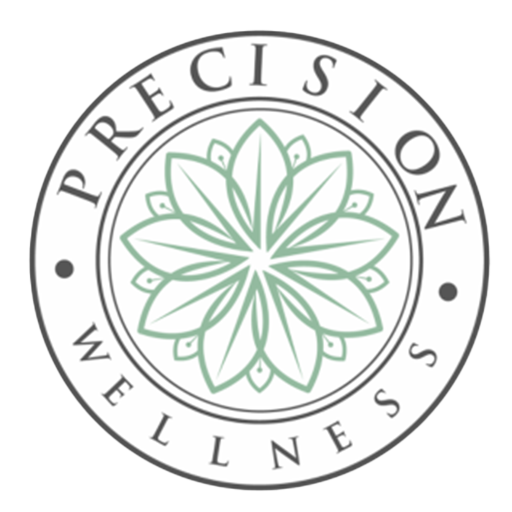The sports massage actually came from the Swedish massage technique. Geared specifically to the athlete, this massage focuses on muscles that have seen a large degree of stress and use, often to the point of overuse. Normally, these are muscles that have seen repetitive and aggressive movement as a part of the overall sport or competition.
Sports massage is now recognized by many in the training industry as an accepted component of an overall regimen of training and competition. This means the athlete can enhance pre-competition and reduce the required recovery period, which means a better and more intensive training session after a competition. Flexibility, a necessary component of any athletic completion, is also a part.
Many do not realize it, but sports massage has certain characteristics that make it ideal for athletes. The targeting of the muscle and tendons within the body is key for athletic training. A study in 2010 in America found athletes who had massages before and after strength training saw a definite decrease in soreness after activity.
There are several key elements to sports massage. To better understand each of these, let’s look at them separately.
- Motion and Flexibility: Professional and superior athletes often overtrain and this leads to muscle rigidity. Sports massage can help relax overly tense muscles and provide additional flexibility. Used before a competition, it will relax the muscles for flexibility, improving performance.
- Shortens Recovery Time: Exercise and competition is stressful on the body. This will lead to injury if proper precautions are not taken. Sports massages are ideal to help the body deal with this stress and injury prevention. A proper massage increases blood flow and lymph fluid, both assisting in the body’s natural healing process, speeding waste removal and general health improvement. Swelling and inflammation associated with physical activity is also reduced. Scar tissue, normal from a severe injury, can be lessened with massage.
- Supply of Oxygen and Nutrients: Blood flow into muscles is vital to creating new tissue and increased strength and stamina. Massage increases blood flow for additional oxygen and nutrients.
- Helps Eliminate By-Products of Exercise: Lactic and uric acids are natural by-products of exercise. Each can be lessened with blood and lymph flow in the body and increase the waste output by a sports massage.
- Psychological Benefits: There is much to be said about psychology and sports. Many do not realize the value of a massage with sports and how a quality massage has more than just physical benefits. The body is only as strong as the mind, so having a strong mind that is relaxed and focused is a definite edge in highly competitive sports. A stressed athlete is not nearly as capable as one with a clear mind.
- Reduces Pain: A body in pain is a sign of overworked muscles and is not healthy. Massage increases blood and lymph fluid flow, thereby speeding the injury rehabilitation process. A massage also helps with pain from spasms and cramps, common with elite athletic training.
